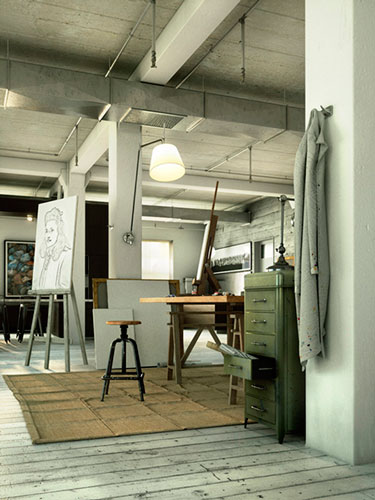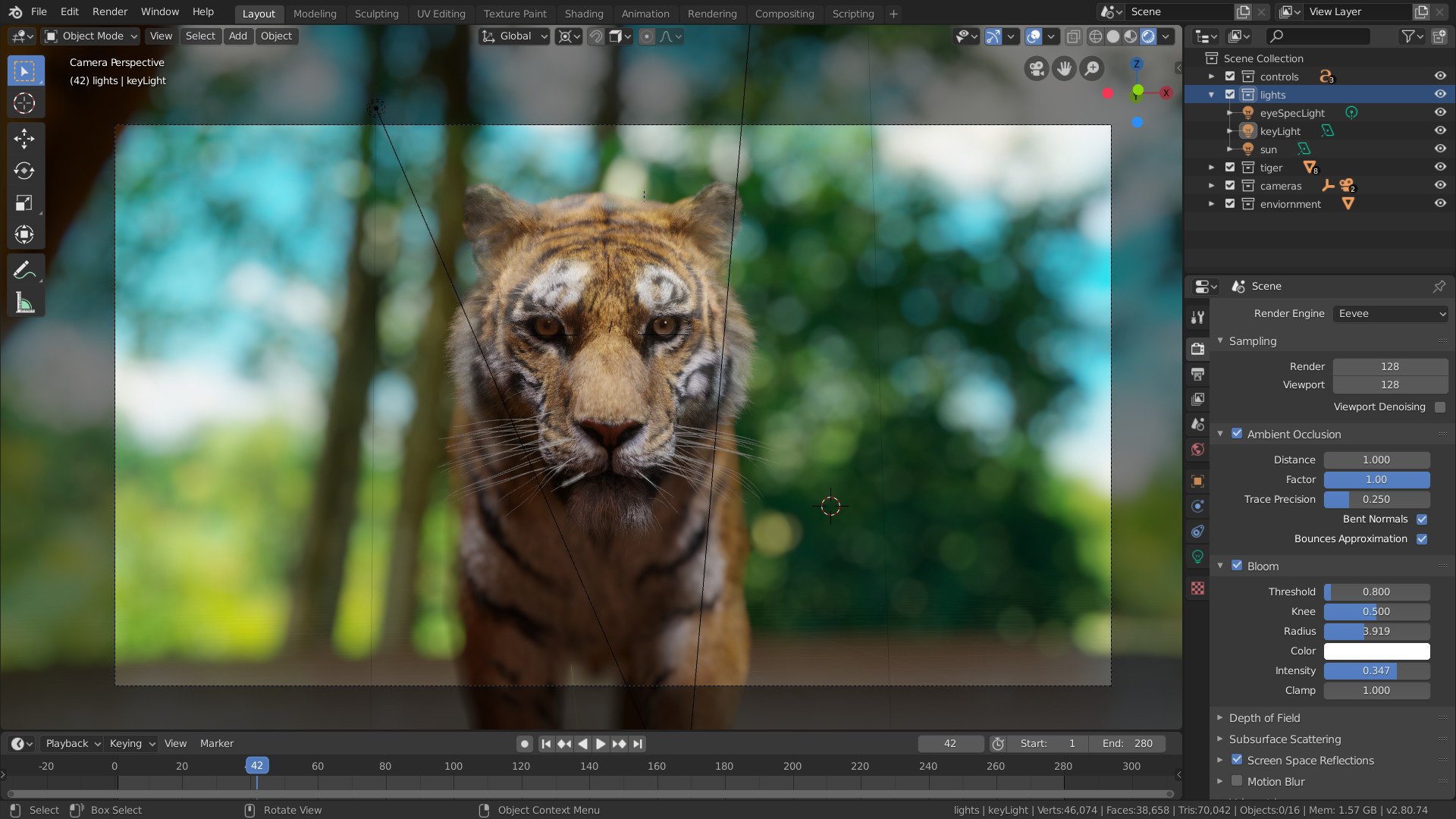

They allow users to compose the render layer on some background with shadows and reflections. The real power of the render layer feature is in the shadow and reflection layer passes, where the “side effects” of the render layer are captured. This is useful to capture all side effects without the active layer obstructing those. The render layer passes (shadows, reflections.) still record the side effects of the active render layer. Only side effects: Similar to ‘Normal’, with the exception that the active layer will be made invisible to the camera, i.e. Hide inactive layers: All geometry that is not on an active layer will be made invisible and no side effects will be recorded in the render layer passes, i.e. Beauty passes will be transparent for those pixels which are covered by objects on the inactive layers, even if the object on the active layer behind the foreground object. Normal: The beauty passes contain the active layer only and the render layer passes (shadows, reflections.) record the side-effects of the active render layer for those samples/pixels that are not obstructed by the active render layer. This determines the visibility mode that should be used to render layers. But you can reverse this process by toggle the invert option. The main beauty pass will render only active layer and cut out everything else. For example if you made 2, you'll only see the Octane logo, if you made 3, you will see the floor. If you do this you will see the result in Live Viewer. Now go to the "Render Layer" section of the Render Passes settings, enable and enter the relevant numbers in the Layer ID section. Info: For the Render Layer to work, go to Kernel Settings and activate the Alpha channel. Info: Do not use Layer ID 1 due to technical reasons. set 2 for Octane Logo and set 3 for the Ground. Then go to the "Object Layer" tab in the Tag settings and define the Layer ID for the objects you selected. In such a case, assign "Octane Object Tag" to your objects in the scene. and again let's say that you will render the ground and Octane Logo separately. Let's say you have a scene like the one you see in the picture below, and you want to extract some objects from this scene and render it. Used to activate and deactivate this option.

As for the shadows, you can use the diffuse material "Shadow Catcher" and for the reflections you can use only "reflection pass". It's running like Cinema 4D's native "Object Buffer" option and allows you to do the same function much faster. So you can use "Render Layer Mask" as an alternative to this option. Because it is not efficient to render only one layer ID and then go back and render other layer IDs. Animation renders are a bit cumbersome and time-consuming with this option. This option works most efficiently in single frame render. The Render layers are meant for compositing and not to hide parts of the scene itself. The layers allow different objects to be rendered into separate images where in turn some normal render passes may be applied.

Render layers allow users to separate their scene geometry into parts, where one part is meant to be visible and the rest of the parts “capture” the side effects of the visible geometry on it.


 0 kommentar(er)
0 kommentar(er)
